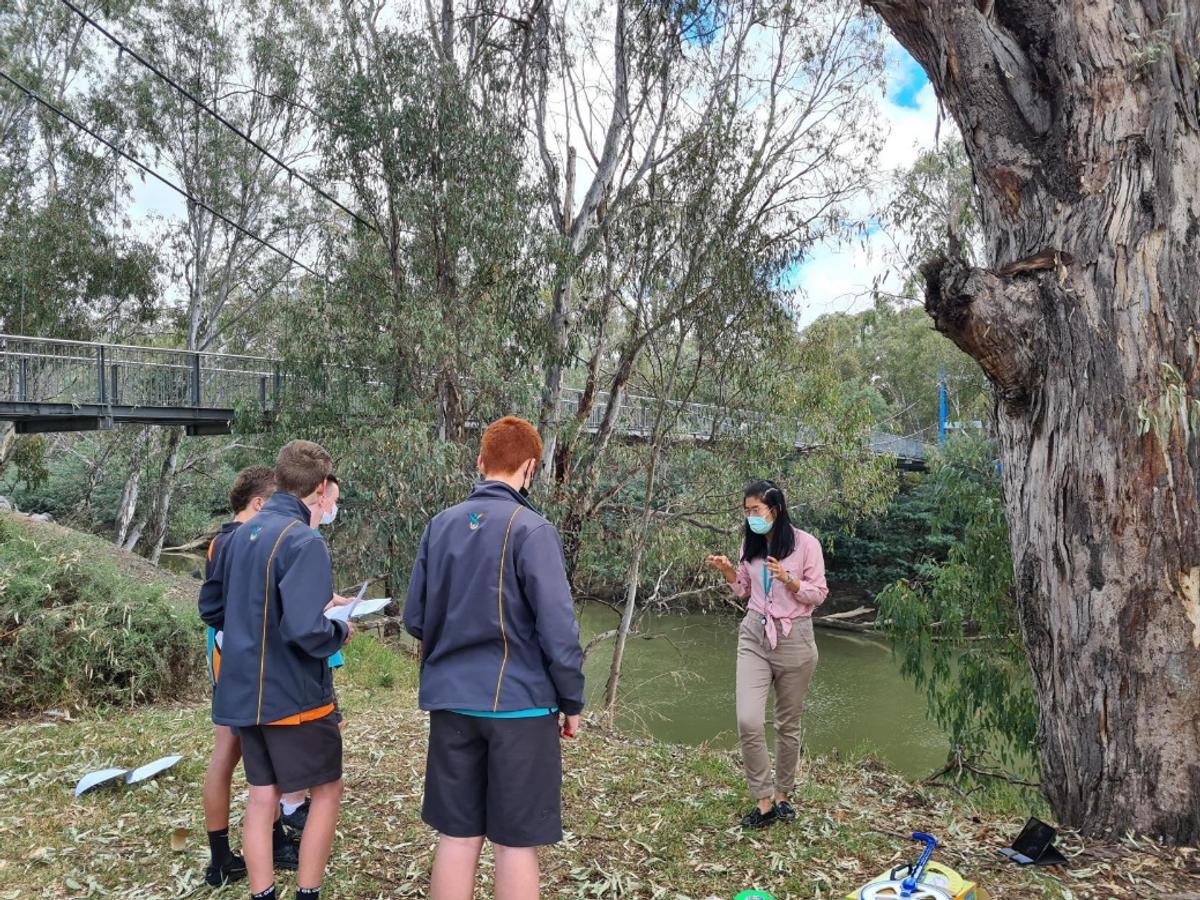Maths Domain
Update

Maths Domain
Update
On Wednesday 4th May we had nine students from years 7-11 participate in the Computational and Algorithmic Thinking competition, a one hour on-line competition, designed to extend students’ modes of thinking and creativity. Whilst this can be a difficult competition, I was proud to see a number of students accept the challenge, particularly from those who have attempted it in previous years.
For students wishing to enrich their mathematics, we have the Australian Mathematics Competition on the 3rd-5th August as well as GoGirl – Go for IT, a whole day technology conference in Melbourne, to inspire girls to consider a STEM career, on 18th August.
We are very pleased to have the support of Goulburn Murray Credit Union to be able to offer our students Casio Classpad calculators, to borrow from their Neighbourhood Libraries. The use of Computer Algebra Systems (CAS) calculators is a requirement for VCE Maths subjects but the cost can be a deterrent for students wishing to enrol in these subjects. GMCU have generously provided our school with a number of calculators to support students in their learning. We encourage students in Year 10, who wish to go on to study VCE Maths, to purchase or borrow a calculator so that they can start learning how to use them now. Students should speak to their classroom teacher for details.
Bridge Design for Year 11 Specialist Maths
At the end of last term, Year 11 Specialist Maths students undertook a STEM project to design a cable-stayed suspension bridge for the Goulburn River behind Aquamoves. The class had an excursion to the river where they worked as surveyors in groups to measure and calculate the width of the river, without needing to cross it. They accomplished the measurement challenges with the aid of a giant protractor map and by applying their knowledge of trigonometry and geometry.




In the following sessions, students worked as architects by using the data they collected in the excursion to design their suspension bridges with TinkerCAD, a 3D model design program. The models were then printed out using the school’s 3D printer.




This task had so many positive learning opportunities in addition to the maths application. By identifying and solving a local problem, the context being that building a new bridge across the river will be very convenient for people trying to access bike paths, the students develop a greater sense of community understanding and belonging. They were also exposed to additional career opportunities that practice transferable team work and problem-solving skills.




Robert Steer
Domain Leader Mathematics